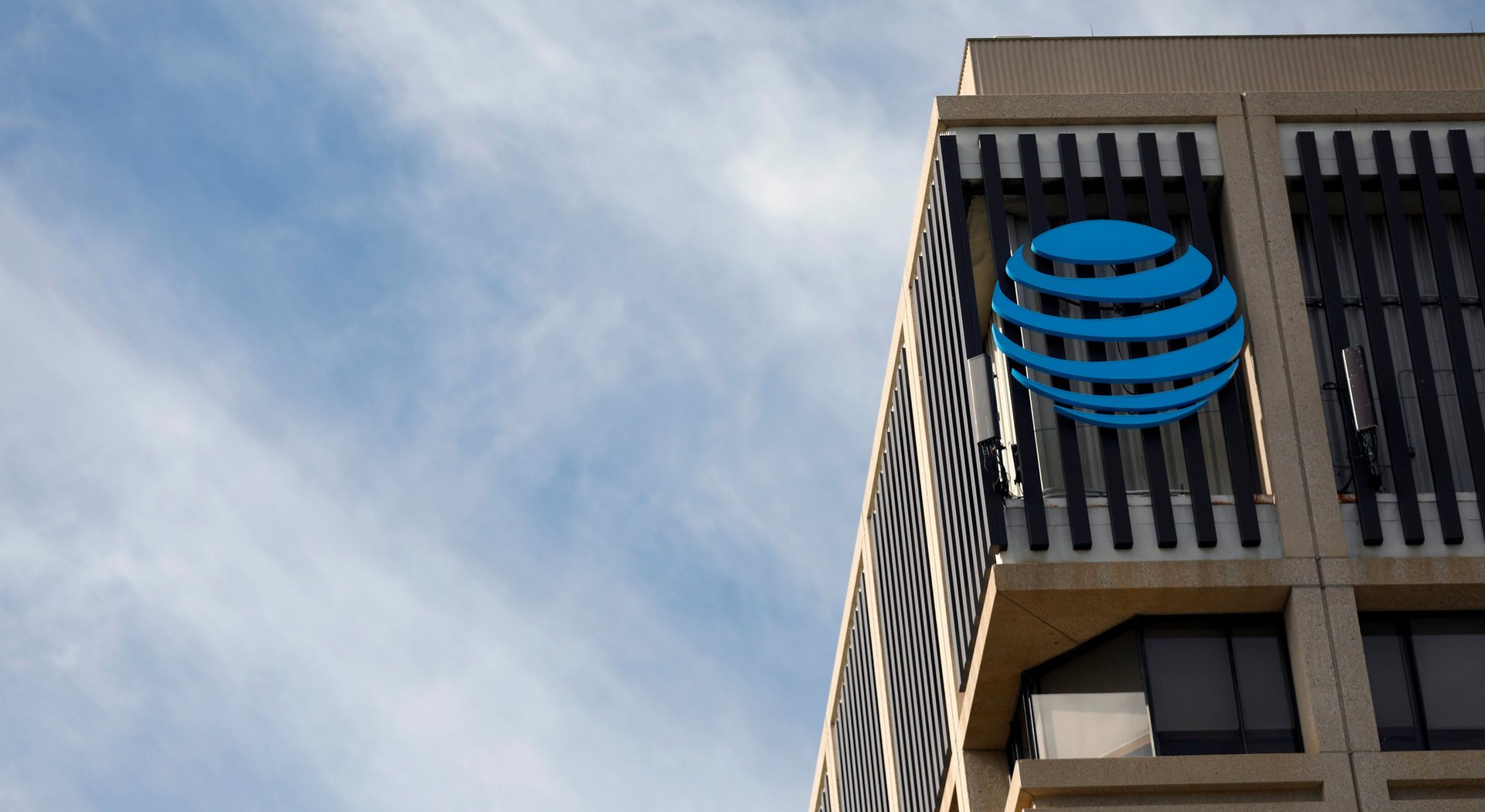AT&T's stock is sinking under the weight of future litigation over toxic lead cables
The telco's stock hit a 30-year-low in the aftermath of a WSJ report

AT&T stock closed at its lowest price in 30 years on July 17 following a series of downgrades in the aftermath of a Wall Street Journal investigation into toxic lead cables.
Suggested Reading
Shares of US telecommunications giants like AT&T have been falling since the July 9 report revealed that abandoned lead-sheathed cables that have been contaminating soil and water sources in the US. Analysts have been raising red flags about telco stocks, anticipating legal and reputational damage from the WSJ report to grow and persist. “We are uncertain if remediation measures could be required by environmental regulators and whether health concerns could cause sizable litigation liabilities,” Edward Jones analyst David Heger, who downgraded the Verizon stock from “buy” to “hold” wrote yesterday (July 17).
Related Content
Citing similar reasons, Citi downgraded AT&T stock to neutral, causing it to sink by almost 7% yesterday. On Friday (July 14), JPMorgan cut its price target for the stock from $22 to $17, citing the lead-sheathed cables as a major reason for creating “unquantifiable, long-term overhang for the stock.”
Scrutiny has already begun. Senator Edward Markey wrote to USTelecom on July 12 asking for the locations and mileage of the cables. He also inquired about companies’ plans for testing and remediation of soil, water, and other contamination. On Monday (July 17), shareholder rights firm Glancy Prongay & Murray announced that it has commenced an investigation on behalf of AT&T investors concerning the company’s possible violations of the federal securities laws.
Both Citi and JPMorgan anticipate that, among national carriers, AT&T will have the largest exposure given its massive local exchange carrier business—its service area covers 40% of US homes—as well as an extensive long distance network. The news put added pressure on AT&T’s already struggling stock, pushing it down to its lowest point since 1993.
AT&T contested the WSJ’s findings. The publication’s testing methodologies “are flawed and one of the companies responsible for the testing is compromised by a conflict of interest,” AT&T’s wrote on its dedicated page for legacy-clad cables. “The scientific literature and reliable studies in the US and abroad give no reason to believe that these cables pose a public health issue or a risk to workers when appropriate safety measures are in place,” the company said.
Charted: AT&T stock hits 30-year-low
A non-exhaustive list of other reasons pushing AT&T stock down
👎 Repeated downward revisions for the company’s key wireless and fiber growth businesses
📱 Slowdown in subscriber growth for its postpaid phone plans.
Quotable: Who should pay lead remediation costs?
“We think the government has a tough choice: if they force ILECs to pay the bill, some will be forced into bankruptcy delaying the remediation process in those markets potentially indefinitely. It will significantly slow the deployment of fiber infrastructure in the US. It would also leave less resources available to bring broadband to unserved and underserved markets via the BEAD [Broadband Equity Access and Deployment] program. We suspect that it is more likely that rate payers or taxpayers are required to cover most or all the remediation cost.” —New Street Research analysts
One big number: Lead remediation cost
$60 billion: How much New Street Research estimates it will cost to remediate the approximately 2,000 miles of lead-sheathed copper wires that criss-cross the nation’s ground and water, far outstripping the $42.5 billion put forward by the government. AT&T’s cost is expected to be more than half of this total.
